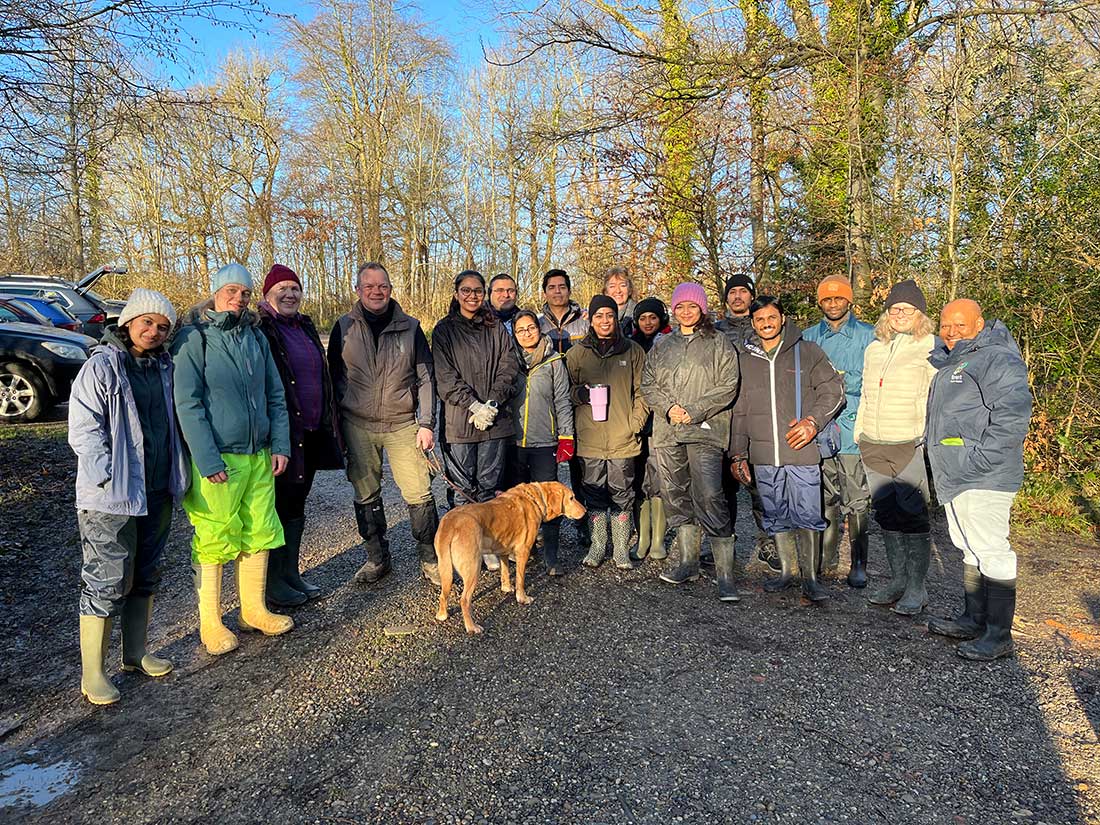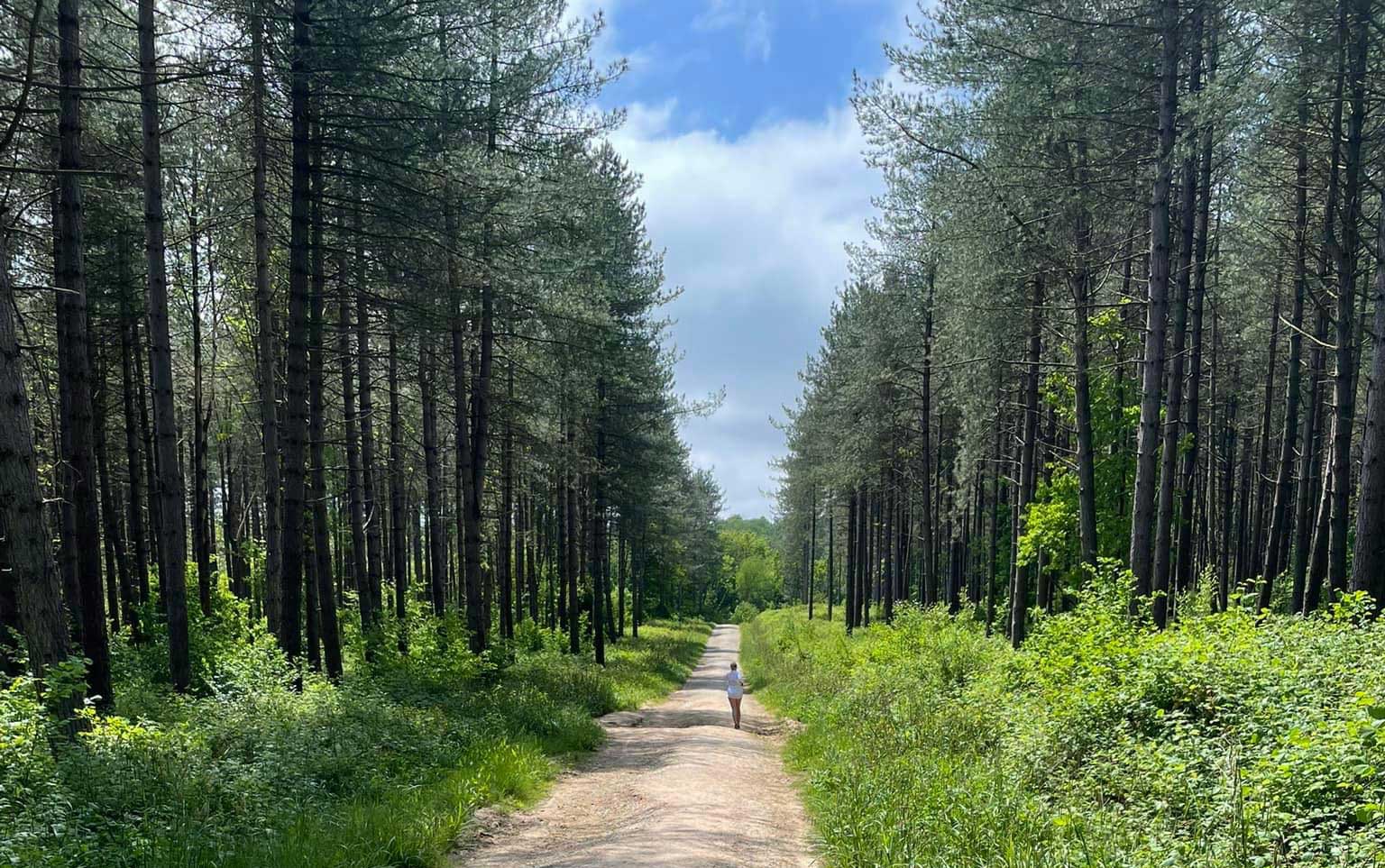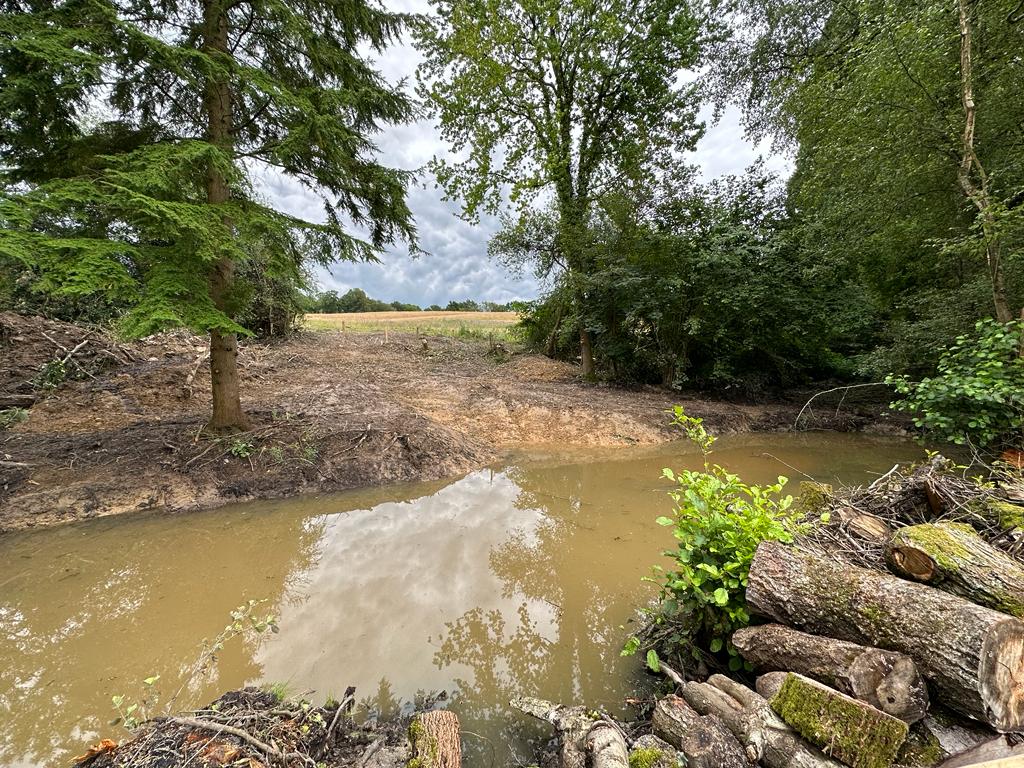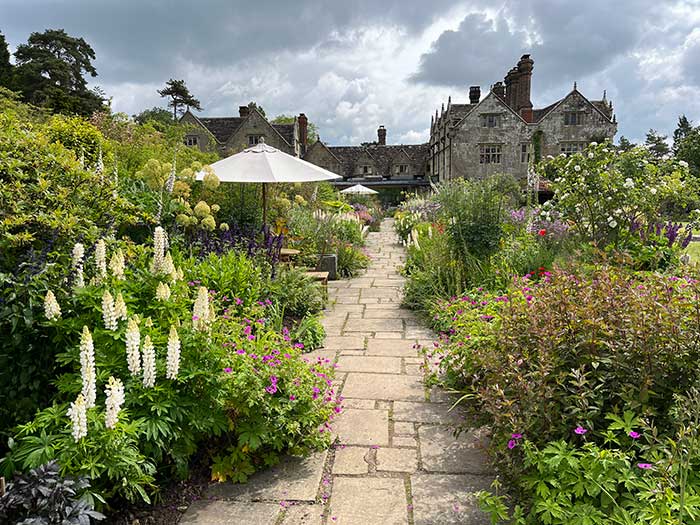The Importance of Sustainable Firewood Practices
You will have noticed a good deal of activity in the woods over the last few weeks. The forestry team has been working diligently to fell ash trees suffering from ash dieback across the estate. Ash dieback is a disease spread by an airborne fungus that originally originated in Asia. This disease causes crown dieback and weakens the wood, making it prone to snapping and often resulting in structural collapse. Trees afflicted by this disease are also susceptible to other issues, such as honey fungus, which exacerbates their decline.
It is essential to fell these trees before the disease progresses too far to maintain some value in the wood harvested. Ash trees produce beautiful white timber, but unfortunately, the poles we are currently felling are not suitable for planking and are destined for the homegrown firewood market. Ash is renowned as the queen of firewood, as it has a lower moisture content even while growing compared to other tree species.
The government has set targets for moisture content in logs of 20% or less. Sadly, this has led to the widespread sale of kiln-dried logs. Kiln drying involves using a heat source to dry the logs, effectively consuming energy to produce energy. Additionally, the log market is flooded with imported logs, adding carbon miles to an already energy-intensive process.
When buying firewood, it is crucial to try to buy locally sourced wood that has been naturally seasoned (air dried). If possible, make space to get one year ahead with your log supply. Doing so will provide you with better, drier logs, which means you will need to use less to keep warm.
The stacks of wood you see around the estate will be going into this local market, helping to support our rural economy. By choosing locally sourced, naturally seasoned firewood, you are not only ensuring a more sustainable heating option but also contributing to the health and preservation of our forests.
Rest assured knowing that WRGC will be replanting trees in the gaps created by the felling work. Perhaps you would like to help? If so, please contact hello@wrgc.org.uk. By restocking and maintaining some of the larger tree cover, we are promoting continuous cover forestry, which is a great tool in protecting the biodiversity of our woodlands. Sadly, there are very few ash trees resilient to ADD. There are trials going on to identify those trees with a tolerance to the disease. The Living Ash Project is at the forefront of this research and with the aid of the Future Trees Trust, Forestry Research, & Kew Gardens, hopefully one day we will once again see this beautiful tree thriving in our landscape.
I’ll leave you this poem by Lady Celia Congrave:
The Firewood Poem
Beechwood fires are bright and clear
If the logs are kept a year,
Chestnut’s only good they say,
If for logs ’tis laid away.
Make a fire of Elder tree,
Death within your house will be;
But ash new or ash old,
Is fit for a queen with crown of gold
Birch and fir logs burn too fast
Blaze up bright and do not last,
it is by the Irish said
Hawthorn bakes the sweetest bread.
Elm wood burns like churchyard mould,
E’en the very flames are cold
But ash green or ash brown
Is fit for a queen with golden crown
Poplar gives a bitter smoke,
Fills your eyes and makes you choke,
Apple wood will scent your room
Pear wood smells like flowers in bloom
Oaken logs, if dry and old
keep away the winter’s cold
But ash wet or ash dry
a king shall warm his slippers by.







